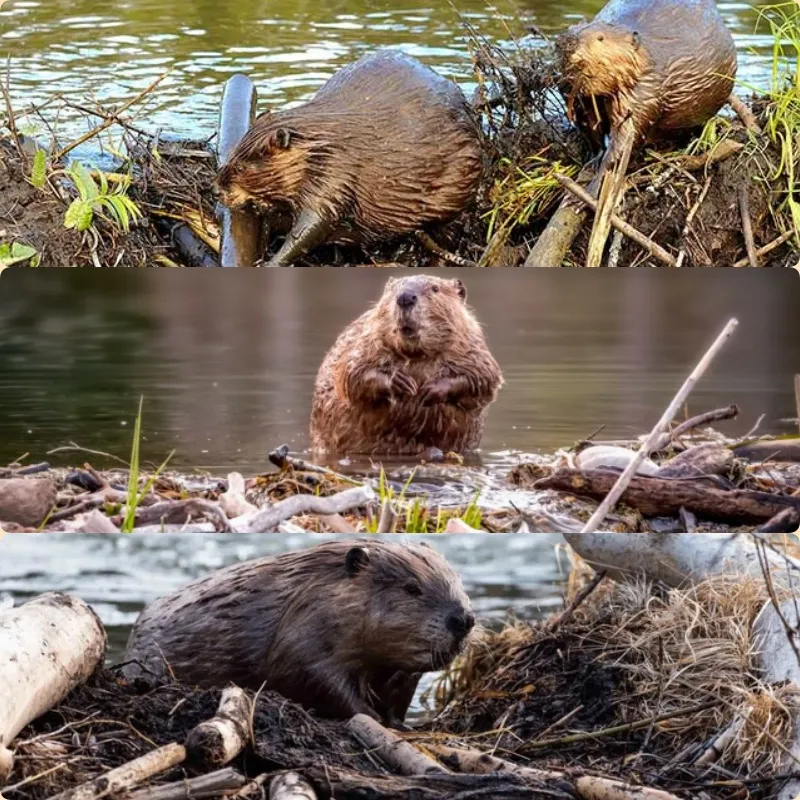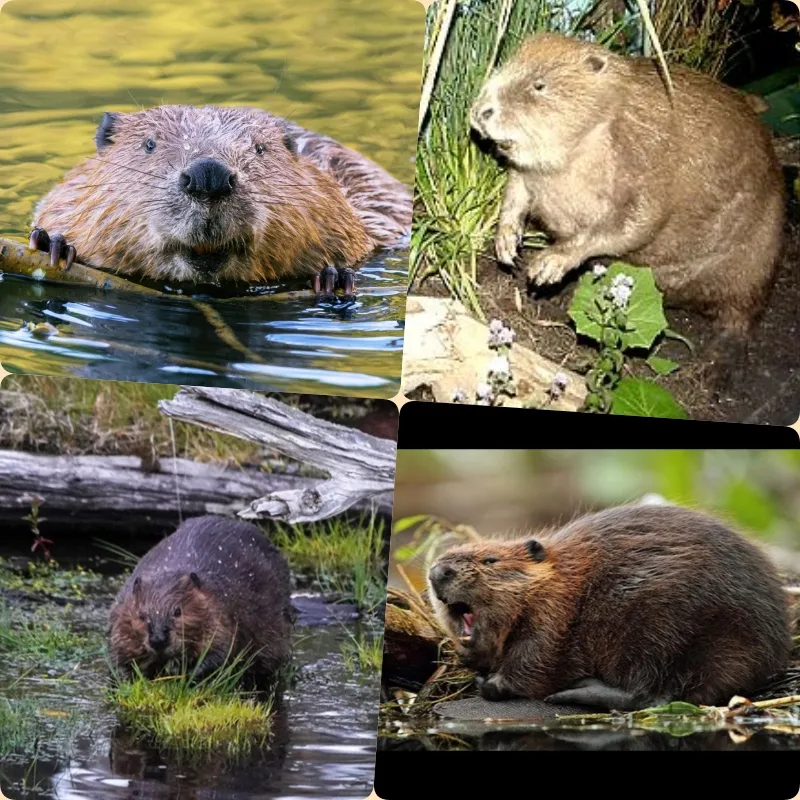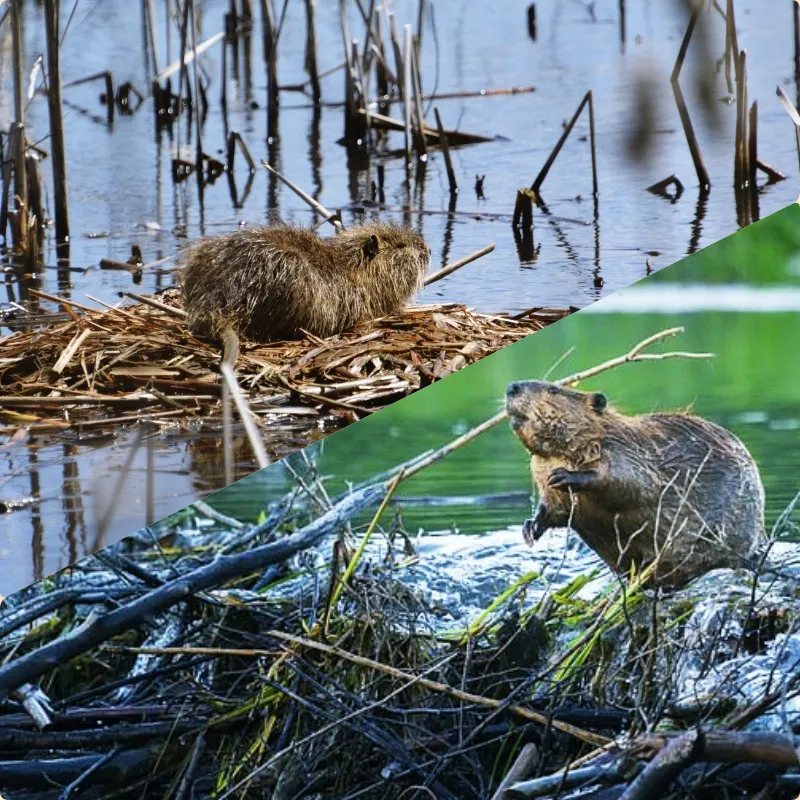
Why Do Beavers Build Dams?
Beavers build dams not only to create their homes but also to bring significant benefits to the ecosystem. Their dam-building abilities help create rich and stable habitats, protect animals from natural threats, and promote biodiversity.

Beavers – The Ecosystem Engineers
Beavers, the second-largest rodents on the planet, are considered ecosystem engineers due to their ability to alter the natural environment. They construct sturdy dams that can last for decades or even longer. These dams not only serve the beavers but also create wetlands, prevent erosion, reduce flooding, improve water quality, and provide shelter for many other species.
The Ecological Benefits of Beaver Dams

One of the most significant benefits of beaver dams is the creation of natural wetlands, which play a crucial role in protecting endangered species. According to a United Nations report, nearly 40% of all species on Earth rely on wetlands for survival. Therefore, beavers play an essential role in maintaining and enhancing the health of ecosystems.
Why Do Beavers Build Dams?
Beavers build dams to create deep ponds where they can safely build their lodges. These lodges are protected from predators and keep the beavers warm and dry. When the water freezes in winter, the underwater entrance to their lodge remains accessible, allowing them to escape if necessary. The dam also helps slow down the flow of water, protecting the lodge from damage.
How Beavers Build Dams

Although they lack tools and machinery like humans, beavers can build sturdy dams thanks to their strong teeth and good health. They can carry and drag objects that weigh as much as they do, allowing them to construct dams and lodges that last for years. The largest beaver dam ever discovered was about 850 meters long, built in the 1970s in Wood Buffalo National Park, Alberta, Canada. Typically, beaver dams are 1 to 2 meters high and nearly 100 meters long.
Beavers start building dams by gnawing on tree trunks and branches near rivers or lakes, then using mud, rocks, grass, and other materials to expand and reinforce the structure. When the water level is deep enough, beavers build their lodges with separate chambers for resting and eating. A beaver lodge typically houses a family of 5 to 10 members. Beavers fiercely defend their lodges, fighting off other beaver families that attempt to invade.
Beavers are not only skilled builders but also make significant contributions to maintaining and developing ecosystems.






